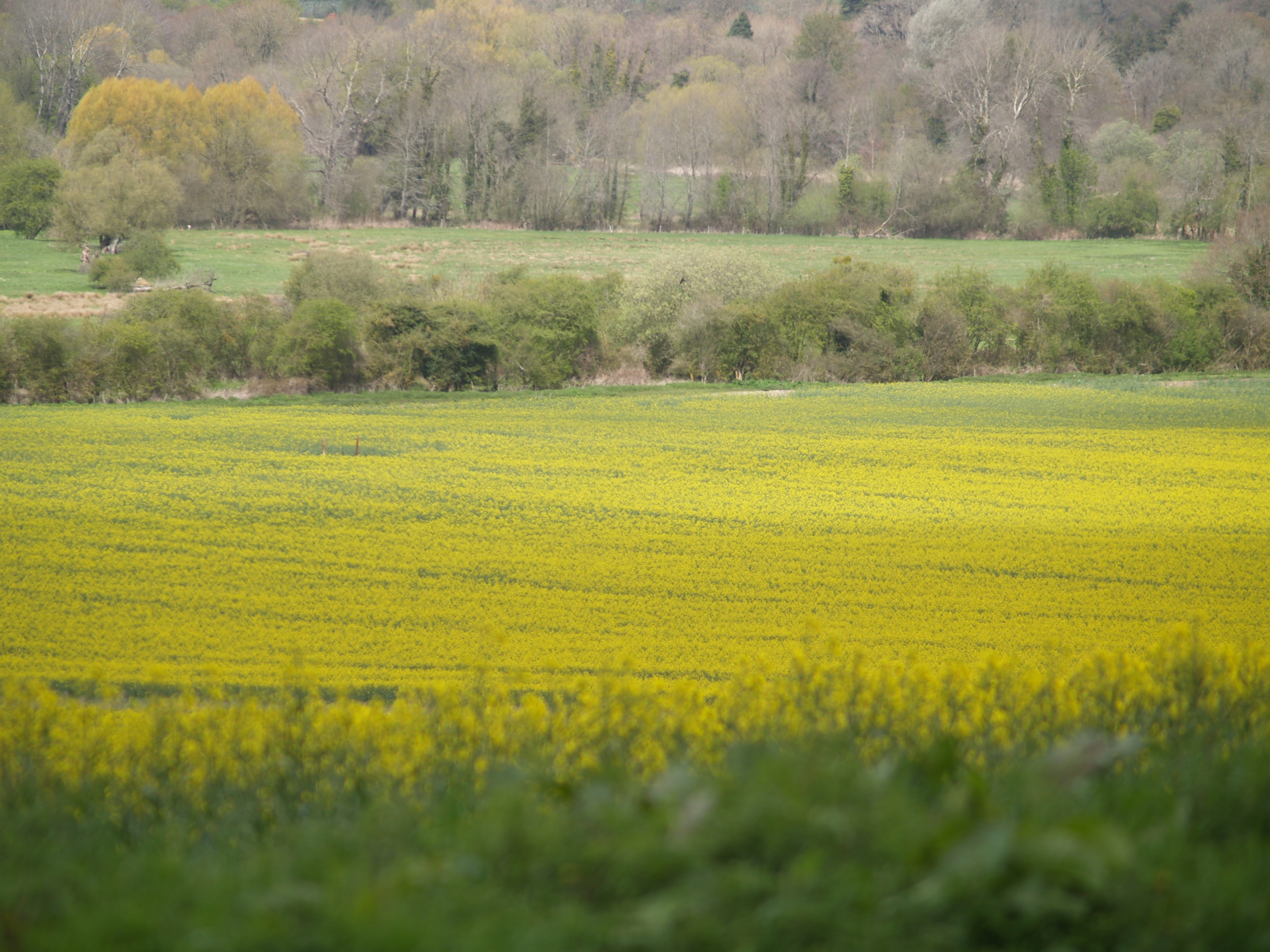
Learn to Grow Oil Crops
Broaden the range of crops in commercial farm planting
Diversify a source of farm income
Expand your knowledge and awareness of farm crop production as a supplier of services or goods to farms
Products grown using oil crops can be used for a variety of purposes including food and edible products, biofuels, cosmetics, pharmaceuticals, cleaning products and much more.
Who is this course for?
A farmer planning to diversify income streams
Farm or land workers seeking to upskill
Anyone new to the industry - on or off farm
Investors, service providers, consultants, students or anyone else with an interest in learning more about growing oil crops